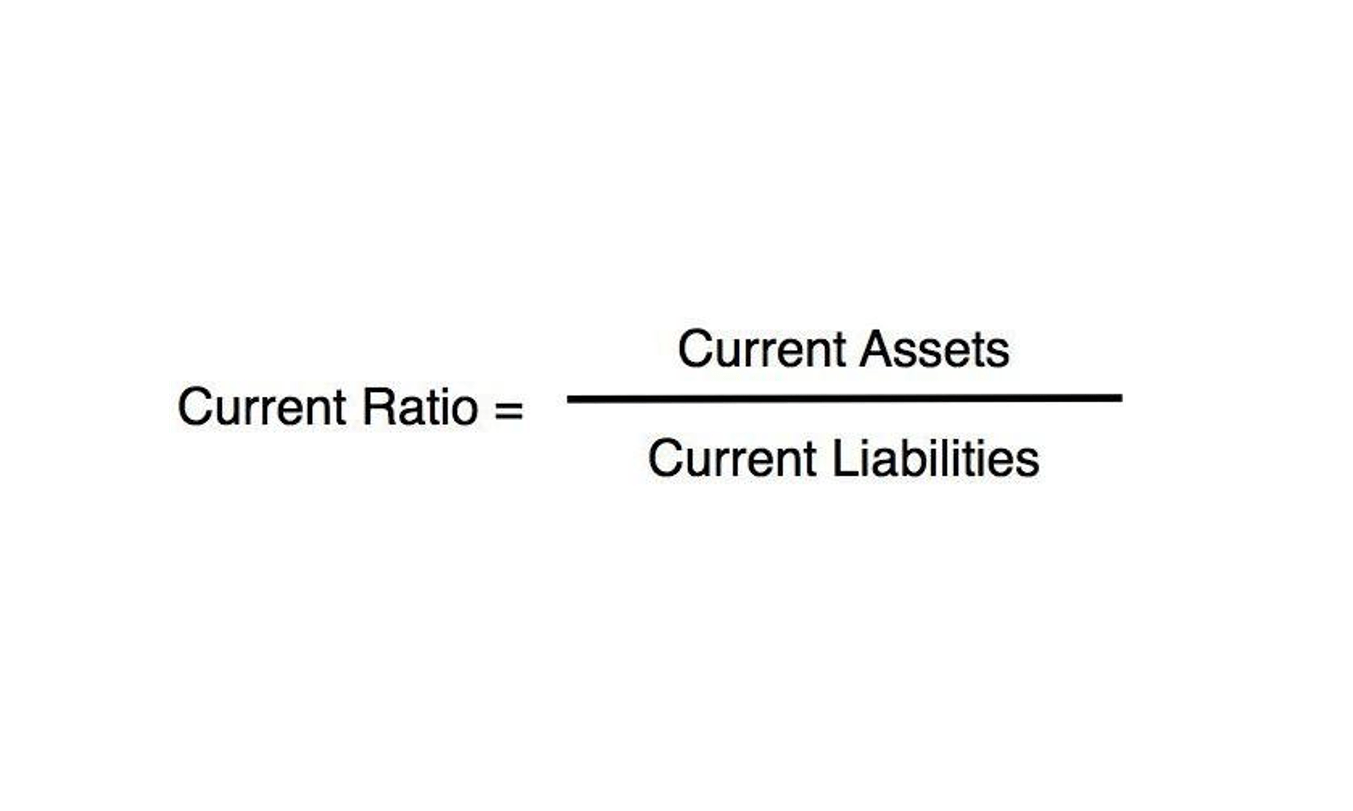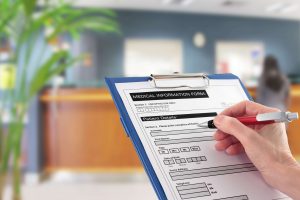How To Automate Financial Reports The Easy Way

It’s time for CFOs and accounting teams to embrace autonomous accounting, a cutting-edge solution to streamline financial processes and eliminate financial reporting automation manual tasks. With advanced AI and machine learning, autonomous accounting automates data entry, reconciliations, and anomaly management, allowing teams to focus on high-value tasks. This technology ensures accuracy, reduces errors, and enhances decision-making, giving businesses the power to optimize their accounting operations and drive financial success. By automating financial reporting processes, companies can save valuable time and reduce the risk of errors in their financial data. Here are six specific ways companies today are benefitting from financial automation in reporting and beyond.

Using a finance KPI dashboard: An ultimate startup data tool

Modern accounting software uses data security features like at-rest, on-browser encryption and two-factor authentication to protect user data integrity. Automation does not replace accountants; rather, it enhances their roles by freeing them from repetitive tasks. Automation streamlines monotonous tasks such as data entry and reconciliation, allowing accountants to concentrate on strategic activities, analysis, and decision-making. Choose Bookkeeping for Chiropractors a solution that centralizes financial data across all departments for consistency, easy access, and streamlined reporting. The software should be intuitive and easy to navigate for both finance teams and other business units to ensure adoption and efficient use across departments.
See how accounting firms can streamline their document and statement creation process.
- Financial reporting automation allows teams to increase productivity, reduce errors and save valuable time — leaving finance experts available to focus on important work like analysis and forecasting.
- This is why working with a team of experts in AI and finance can be invaluable.
- Accounting automation ensures miscalculations do not taint financial records.
- After the implementation of automated financial reporting, ongoing maintenance and support become crucial.
- Staying competitive and responsive to changes in the market require fast, easy access to financial information for agile decision-making.
- It automatically collects and normalizes data from different marketing channels, allowing users to create comprehensive reports and dashboards.
- Additionally, AI equips you with tools for scenario analysis, which is essential for robust planning and risk management.
Ensure accuracy, prevent payroll fraud and stay compliant with tax regulations. As digital asset regulations evolve, staying abreast of change establishes your firm as a go-to resource for clients and opens new revenue streams. Close the books 4x faster, collect over 95% of receipts on time, and get 100% visibility over company spending.
Implementing Tools for Automation of Financial Reporting

4.2/5 on G2Crowd, with users appreciating Domo’s robust data integration capabilities and intuitive dashboards. 4.7/5 stars on G2Crowd, with users highlighting its efficiency, accuracy, and time-saving capabilities. Business intelligence tools are geared around providing insights that are actionable. Meanwhile, an income statement compiled using automation would draw data revenue and expense data from business accounts, tax information, operating costs and materials spending.

Automated financial reporting refers to the use of software to generate financial statements and reports with minimal manual intervention. Unlike traditional financial reporting, which often involves manually gathering, compiling, and analyzing data, automated financial reporting leverages technology to streamline these processes. The first step is to take stock of all the financial processes you have in your company. Figure out what manual tasks in your financial reporting process can be automated.
- It also keeps all data on-hand in case it is needed to prove that your company is meeting regulatory requirements.
- Additionally, engage key stakeholders early to secure their buy-in and support, making the transition smoother for everyone.
- Selecting user-friendly reporting tools that are compatible with existing systems can simplify the integration process, minimizing disruptions during the transition to automated reporting.
- Disclosure management software streamlines the key finance process and reduces errors immediately.
- Also, software reduces data entry or calculation errors, helping accountants meet Government Accounting Standards Board and Financial Accounting Standards Board requirements for reporting.
- 4.7/5 stars on G2Crowd, with users highlighting its efficiency, accuracy, and time-saving capabilities.
- As automated solutions present unique cybersecurity risks, it is important that service providers ensure their software gets regular security updates to mitigate these concerns.
- This limits the organization’s ability to make informed, real-time decisions.
- Financial automation platforms can also streamline expense reporting, account reconciliation, monthly close, data entry, financial statements, and the preparation of management reports.
Remember, selecting the right R2R software depends on understanding the specific reporting challenges your organization faces. The more precisely you identify these challenges, the more effectively you can choose a solution that meets your needs. Finance teams build these reports to report to investors, share results with the company, and give them to any other stakeholders involved. And the more manual you make this process, the less efficient it becomes. We go on about this a lot, but there really isn’t a place for expense reports in a modern business. The major benefit is that your teams don’t need to pore over the written expense policy.

Don’t forget to get inputs from your finance team online bookkeeping so they can let you know what works and what doesn’t. Automating your financial reporting processes can transform how your finance team operates, leading to greater efficiency, accuracy, and strategic insights. FP&A teams can also use automated financial reporting systems to generate reports that provide a transparent and detailed overview of the company’s financial health. FP&A teams can share this report with investors, management teams, and regulatory bodies. Financial planning and analysis (FP&A) teams leverage automated financial reporting software to find, organize, and analyze financial data from a company’s transactions and operations.
